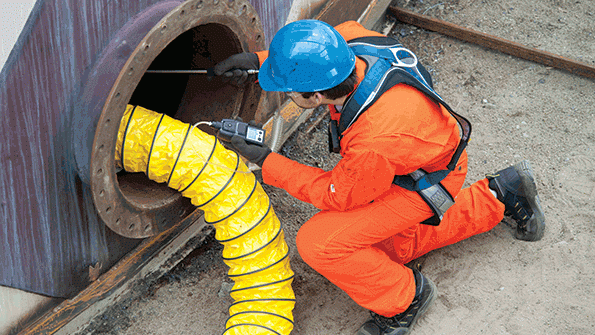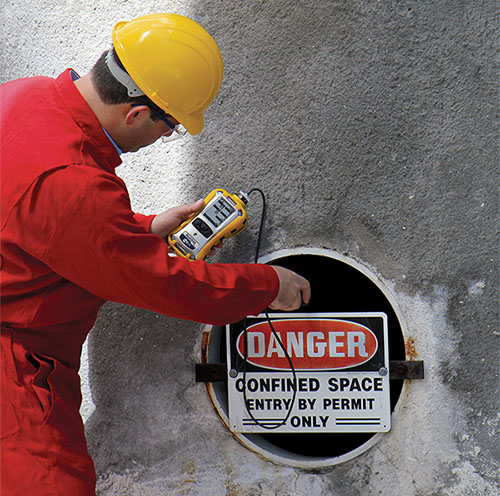Become Familiar About Industry Terms Through Gas Monitor Training Courses
Are you concerned about the hazardous air pollutants that may exist at
your place of work? Of course, you should be! All such compounds may wreak
havoc on the physical health of employees. Air pollutants are a significant
cause of concern in industries engaged in the production of chemical and
petrochemical items.
Become aware of the negative impact
In modern times, numerous industries rely on a wide range of gas analyzer
technologies to determine the presence of hazardous compounds. It is crucial to
become aware of the levels of air pollutants because long-term exposure may be
risky for health. False positives may be created through the addition of
ambient chemical compounds. All of these may have a devastating impact on any
factory setup. Improve your understanding of detection systems through
appropriate programs. These
programs will help you build confidence.
Determination of the risk
Before you decide about the type of detector you require, you have to
learn about the hazards you are most likely going to be exposed to at the
worksite. Assessing the hazards is necessary for the identification and
evaluation of risks. Assess the level of contaminants with a Confined
Space Gas Monitor.
Assess the risk
It is crucial to perform a comprehensive hazard assessment at regular
intervals. If you are unsure about how to proceed in this matter, you should
seek the assistance of a professional industrial hygienist. These experts
generally drop by the site to conduct an assessment for you. Gather knowledge
about unsafe contaminants through Gas Monitor Training Courses.
Taking a rational call
Use the online platform to do an extensive study about companies who
have carved their fame in the manufacturing of safety products.





Comments
Post a Comment